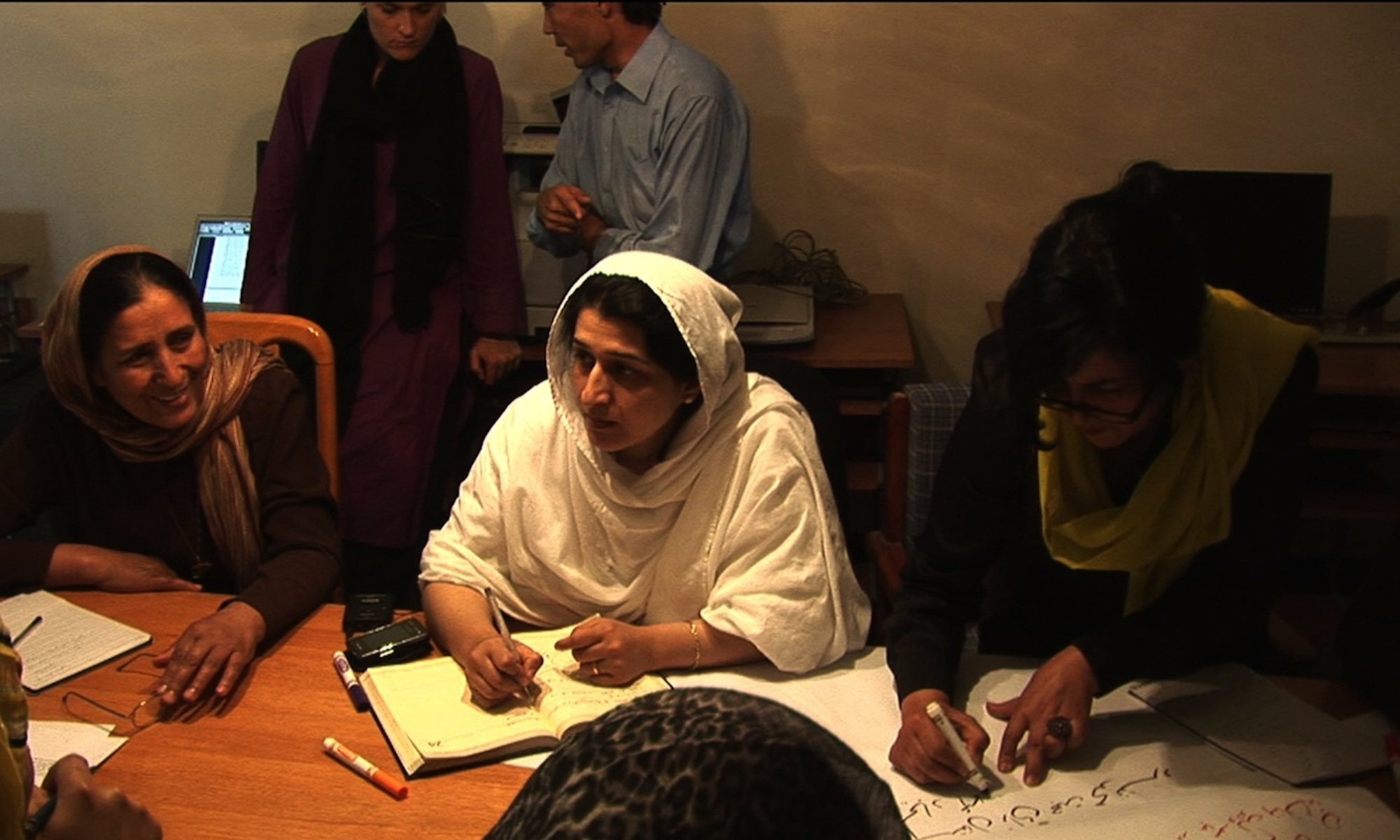Dialogues can be viewed as one means – if not the classical one – of dealing constructively with conflicts. In the following, I propose to examine some of the core features of dialogue projects, looking at their variations and implications in greater detail. First I will give an overview of several different ‘ideal types’ of dialogues, as well as identifying the basic elements of most dialogue processes. Second, I will distinguish between four concepts of dialogue work, a taxonomy which serves primarily to illustrate the practical nature of such projects. Third, dialogue projects will be set in the context of various approaches to handling conflict, in order to better establish criteria for measuring success. Fourth, I will present a number of lessons learned in the course of recent evaluation studies. The questions raised above will be discussed at the end, on the basis of the underlying empirical experience on which this chapter is based.
Roles and Functions of Third Parties in the Constructive Management of Ethnopolitical Conflicts
The opposition between the ethnically defined parties frequently appears so all-embracing and thoroughgoing that it seems impossible for the conflict to be deescalated without the participation of actors not involved in it. These latter have come to be known by the term third parties. Third parties can be either governmental/non-governmental institutions or single individuals/groups of individuals who are not involved, at least directly, in the conflict. Where agreement is lacking, however, is in regard to the precise roles and functions these third parties should assume in order to have a truly peace-making effect. This question will be examined more closely in what follows here.
Peaceful Intervention: Structures, Processes, and Strategies for the Constructive Regulation of Ethnopolitical Conflicts
The study starts by attempting to draw up a list of the special characteristics of ethnopolitical conflicts. The list is intended to be such as to facilitate strategic reflection about whether it is possible to influence the dynamics of a conflict from outside, and if so, how (Section 2). The next section gives a schematic account of the structures of conflict regulation, embracing not only the realm of states but also the various fields of operation of the realm of societies, and also the necessity of developing initiatives at different social levels. The fourth section proceeds from the assumption that the involvement of third parties is of considerable importance in dealing with acute ethnopolitical conflicts, and this section also contains a systematized account of the functions and strategies that may be adopted by these third parties. Based on this, five process-oriented approaches to conflict regulation are presented. All of these display distinct programmatic and analytic features, though in practice they often figure in various combinations (Section 5).
